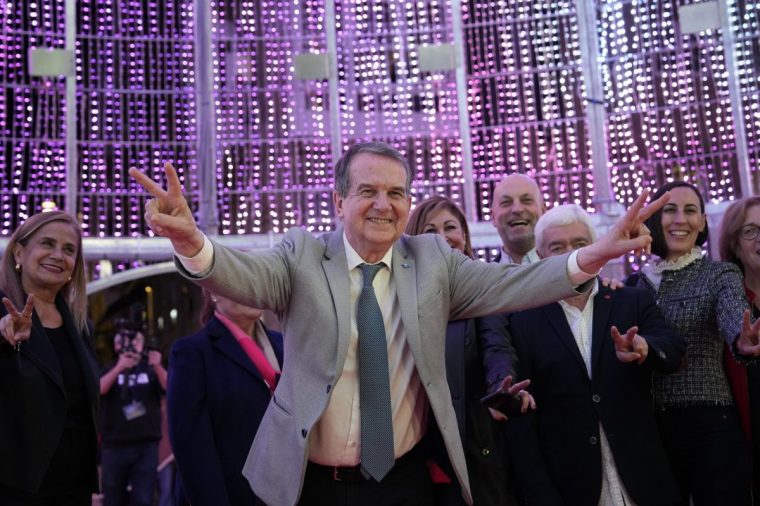Author Vicent Molins says a clear divide is emerging between those who want to promote cities to tourists and those who live in them
MADRID – Spanish cities are increasingly seeing themselves as digital brands, while also prioritising their appeal to tourists over the interests of the local population, a new book claims.
Vicent Molins, an urban analyst and the author of Clickbait City, says a clear dividing line is emerging between the interests of those who want to promote cities to tourists and those who live in them.
“The city becomes audiovisual content created for social networks, tourist applications and digital media,” Molins told The i Paper.
Clickbait City, published earlier this year, contends that in many cases a digital marketing strategy is now employed to make cities like Barcelona, Seville and other Spanish municipalities appealing on social media.
But Molins said that many cities have failed to address a growing problem of gentrification, in which residents are forced to leave because of the rising price of renting or buying homes.
“More and more cities are occupied by people who live there for a limited period of time, like expats or those who come as tourists. There is nothing wrong with expats, but this is what is happening,” he added.
Molins points to the influencer mayor of Vigo, an increasingly popular tourist destination in northwest Spain, which has a population of nearly 300,000.
Abel Caballero, the mayor, is famous for starting his city’s Christmas lights preparation in the middle of summer – in order to be the first place in the country to have them. The city has even advertised its festive lights in New York, in the hope of putting the Spanish city on the world map.

“In these types of events, citizens should ask for the fine print,” Molins said. “We should consider the cost and the real impact they have on local citizens.” He also suggested that in the case of Vigo, it is more about the vanity of the mayor than anything to do with helping its citizens.
Caballero, for his part, has defended last year’s Christmas lights, which cost €1m to put on but which he says brought between €500m to €1bn in trade for the city, plus international recognition.
Looking further afield, Molins says many city mayors use urban spaces as clickbait – digital content designed to capture the attention without having much intrinsic value.
Streets, squares and events are transformed into products designed to be consumed by the mass audience either in person or online, he said, with this happening not just in large cities but also in smaller municipalities.
“Of course, using the internet to promote cities is part of life,” he said, “but sometimes these authorities reduce cities to two dimensions, not three, and only concentrate on their most clichéd aspects, forgetting the real life of these cities”.
